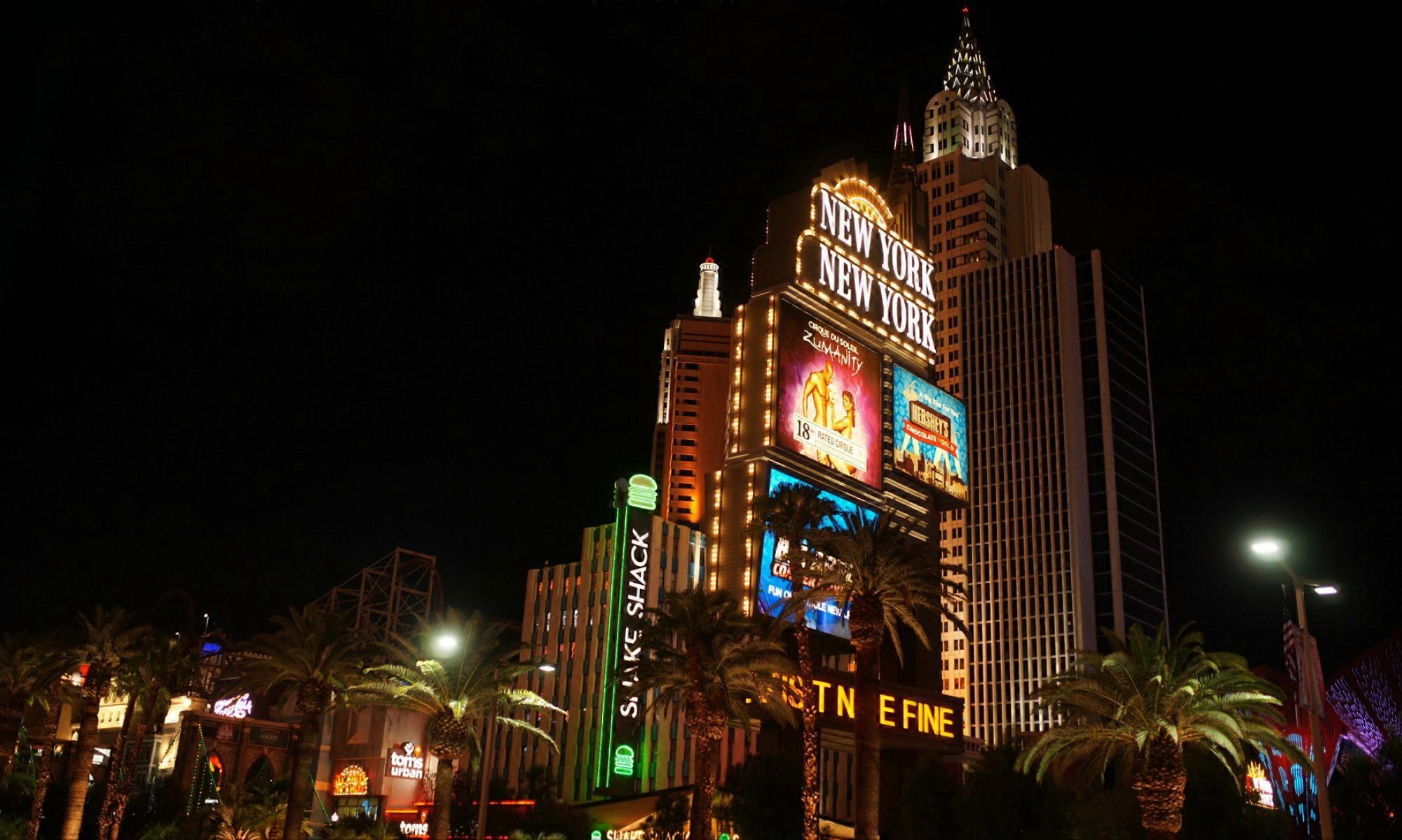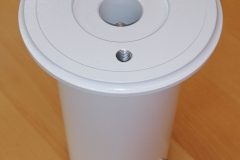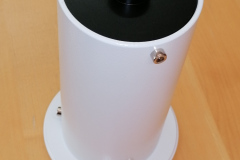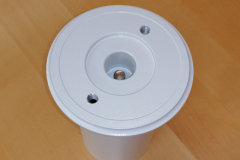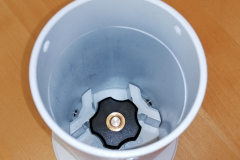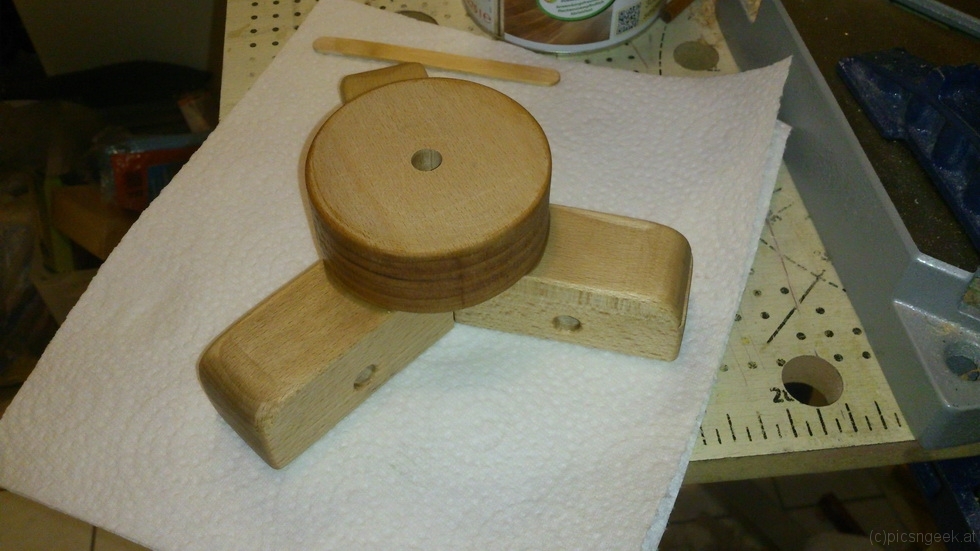I like to observe or image through my 10 inch Newtonian and 102mm APO telescopes. Both have quite long tubes. When slewing to high altitude objects, you risk to collide with the tripod legs. There is only one way to avoid such situations. You have to raise the mount head from the tripod by means of pier extensions. When ordering an off-the-shelf pier extension, one would assume, it would be designed properly and provide a solid construction. With the SkyWatcher pier extension I was proven wrong – unfortunately. Here is why:
A few days ago I received the SkyWatcher pier extension I intended to use with my AZ-EQ6 mount. The pier extension basically consists of 3 parts:
– A black base plate, connecting to the tripod
– A “pipe” like part with white finish
– A top mounting plate, where your mount will be attached.
To attach the pier extension, one has to remove the Azimuth bolt from the tripod first. The Azimuth bolt has to be attached to the top mounting plate for fine adjusting the mount head.
Next, one has to unscrew the 3 locking screws of the black or white base plate. Either one is OK, but with the white top plate it is easier to place the mount on top. The top mounting plate includes the M10 threaded rod with knurled wheel to attach the mount to. You have to securely tighten the M10 bolt to the mount, as you will not be able to tighten it more, once it is all set up. Finally, you place the mount head on top of the base plate / base plate plus extension (if you unscrewed the top plate alone) and add and tighten the locking screws.
Now that the mount is set up, you will soon discover the design flaws I refer to:
- pier extension is not stiff enough
As the pier extension consists of 3 parts, which are held in place by M4 screws, you don’t get a solid built like when the parts would have been welded together. As I have seen with other comparable products, an opening to one side would have provided access to the M10 bolt with a rock solid quality.
A combination of AZ-EQ6 and 10 inch Newtonian is far too much! A small(er) scope and mount might be OK though. - No Azimuth locking bolt on the base plate
This is a show-stopper to me! The whole setup from the tripot up to the scope turns on the slightes touch to the telescope! Any polar alignment will be lost upon changing eyepieces or the like!
I considered, drilling a hole to the base plate to add an azimuth bolt. Though as the whole thing was not stiff enough, I returned the pier extension (thank you Teleskop-Express for accepting a no questions return!).
If SkyWatcher would re-design this pier extension or release one with significantly improved design, I would immediately buy one. But up to this point, I have to avoid high altitude objects (or use a smaller telescope)…
